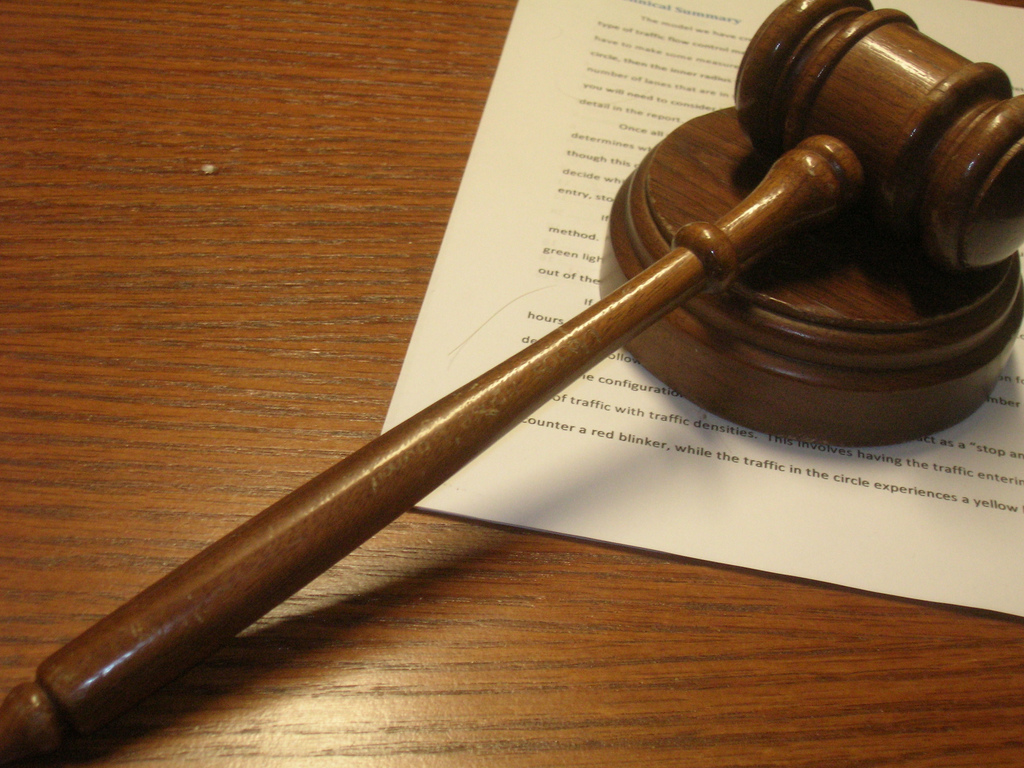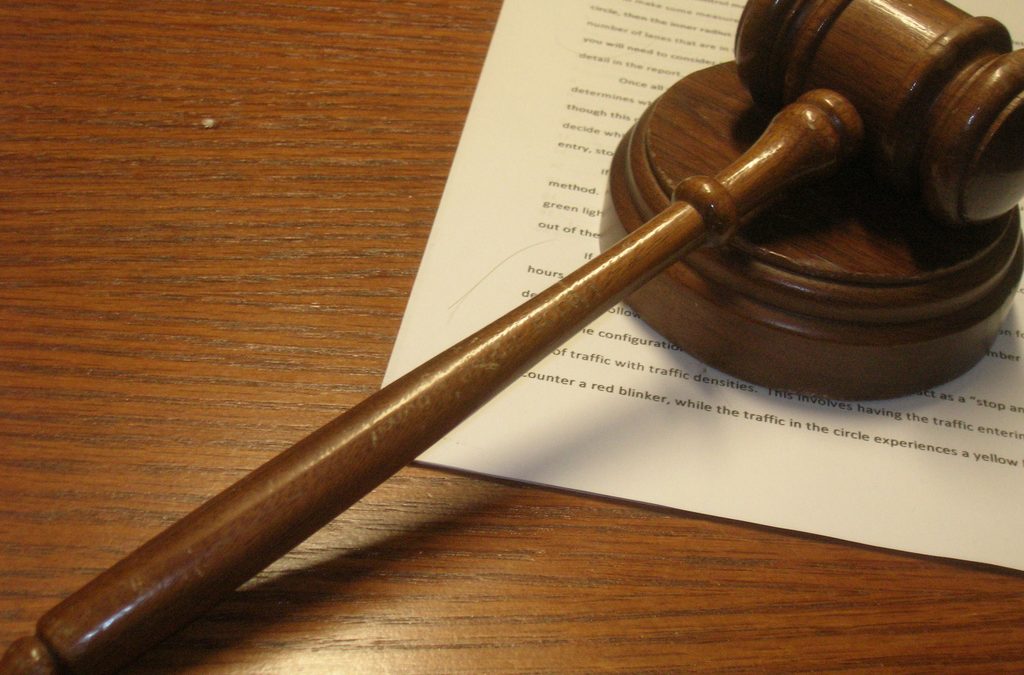
Surviving the BPTC – Ethics
January 17, 2013
Pre-trial Preparation, Trial and Enforcement – Litigation Part 3
January 22, 2013This week we’re going to have a brief look at injunctions, but first a quick mention of an area which caused no end of problems for several of our friends: the use of the phrase ‘in accordance with CPR 23’ throughout the White Book.
By now you have probably read through a lot of the White Book and are comfortable that each section basically tells you the how, where, what and when of any specific application. If you want to apply for default judgment, you’ll go to CPR 12; for setting the same judgment aside, it’ll be CPR 13, etc.
So where does CPR 23 fit in? The best way we can describe it is that it forms the handle part of a socket set: if you want to undo a flat-headed screw, you’d pick up the handle and attach a flat-headed bit; similarly if you had a cross-headed screw, you’d use the same handle but attach a cross-headed bit. So it is with CPR 23: you want to apply for default judgment, so you go to the ‘bit’ which is CPR 12; to actually apply though, you use the ‘handle’ of CPR 23.
So, to injunctions. The basics that you really need to know can be defined by the following questions:
- Which part of the CPR are we dealing with?
- What is the primary case law?
- What exactly is it you are trying to achieve?
- What is likely to happen when the case is finally resolved?
The latter of these is something you need to keep in mind throughout. Injunctions are, by their very nature, temporary beasts.
Point 1 above should cause you little difficulty but it is worth noting that there is a significant portion of very relevant information in Volume II of the White Book. If you don’t read through that at least once (and preferably much more than that), you will be cheating yourself of both the understanding required as well as a lot of exam marks. It also introduces the primary case in this area that you are all hopefully at least aware of – American Cyanamid.
As with many things, the tests this case sets can be broken down into a relatively easy to remember set of steps – a gift if it comes up in an exam:
1. Is there a serious question to be tried?
This is a pretty low standard to have to reach, as the words ‘not vexatious or frivolous’ make clear. Generally, this point only requires a limited examination of the merits – once the Claimant has shown that the cause has substance, and is realistic, they do not have to go as far as to show that their chances are necessarily high. There are undoubtedly situations in which you could have fun on this point, but they would make for a short and unusual exam question so are not that likely at this stage.
2. Would damages be an adequate remedy for the claimant?
In other words, if an injunction is not given, would it be possible, in money terms, to compensate the claimant for damage caused in the interim if they eventually win? Damages would be inadequate if, for example, the defendant would be unlikely to be able to pay damages, the wrong is irreparable with money, damages would be difficult to assess or the damage itself is non-financial. This is generally a common-sense style question – could damages be paid, and if so, would they be appropriate and adequate in correcting the wrong?
3. Would damages be an adequate remedy for the defendant?
This relates, in general terms, to whether the applicant for the injunction is able to undertake to compensate the defendant for any loss caused by the injunction if it later appears to have been wrongly granted. If the answer to the previous two questions is ‘yes’, then an injunction should not normally be granted. It is always worth preparing an answer to this third point, however, in case the court decides it is relevant and fair to look at the case on the fourth point. Broadly speaking this is the same as point 2 but in reverse.
4. Finally, where does the balance of convenience lie?
This is the point on which the majority of injunctions turn, and which even in American Cyanamid Lord Diplock said was too wide a field of variables to even attempt to list. Essentially, you are trying to determine the status quo – would there be irreparable prejudice to either party if the injunction was either granted or not granted? The court does not use strict criteria here, but would generally look at what prejudice either side would suffer if the injunction was or was not granted, the likelihood of such prejudice occurring, the extent to which such prejudice could be compensated by damages, whether either party could pay damages, and the likelihood that the injunction would turn out to have been wrongly granted or withheld. Our advice here is to make sure you look at it from both sides – whilst you may have one killer reason, the other side may have more equally pressing issues.
Having established whether you are likely to be able to meet the above tests, make sure you have a good think about what it is you are trying to achieve and the practicalities involved.
Certain interim remedies have higher thresholds than those set in American Cyanamid and others require specific steps to be taken. Don’t get caught out either by those or by asking for an order which isn’t really relevant.
Situations where the American Cyanamid principles are not applied in the straightforward fashion above include, for example, mandatory injunctions, situations where the interim injunction would finally dispose of the case, cases with no arguable defence, defamation claims, and cases involving freedom of expression and privacy. Generally, these cases involve higher thresholds (for example, in a mandatory injunction application, the court would be looking for a ‘high degree of assurance’ about the merits of the cause of action, due to the fact that the injunction would specifically compel the other side to do a specified act.)
Make sure you read up on how to deal with these situations that do not fall under American Cyanamid – it’s not unheard of for exam questions to target these areas, and it is very easy to lose marks by failing to notice the caveat created by the specifics of the situation.
Finally, it is worth having an idea of what your client wants the end result to look like. This may allow you a certain flexibility when presenting your oral arguments if it is clear that the judge is not with you on a particular point.





